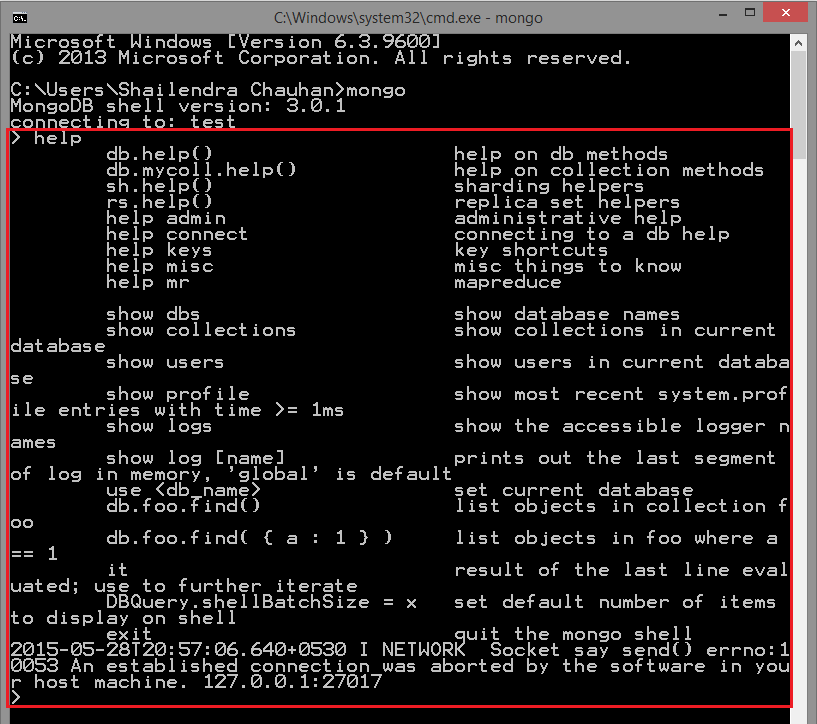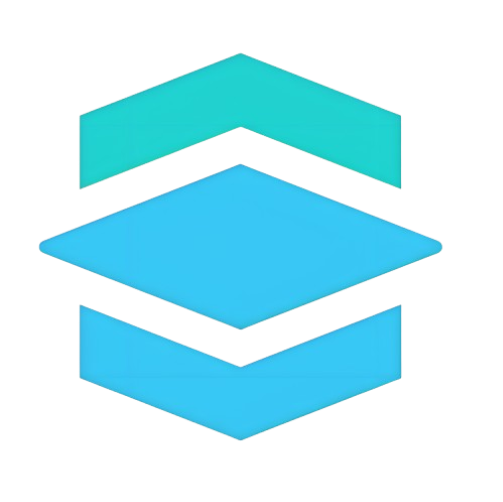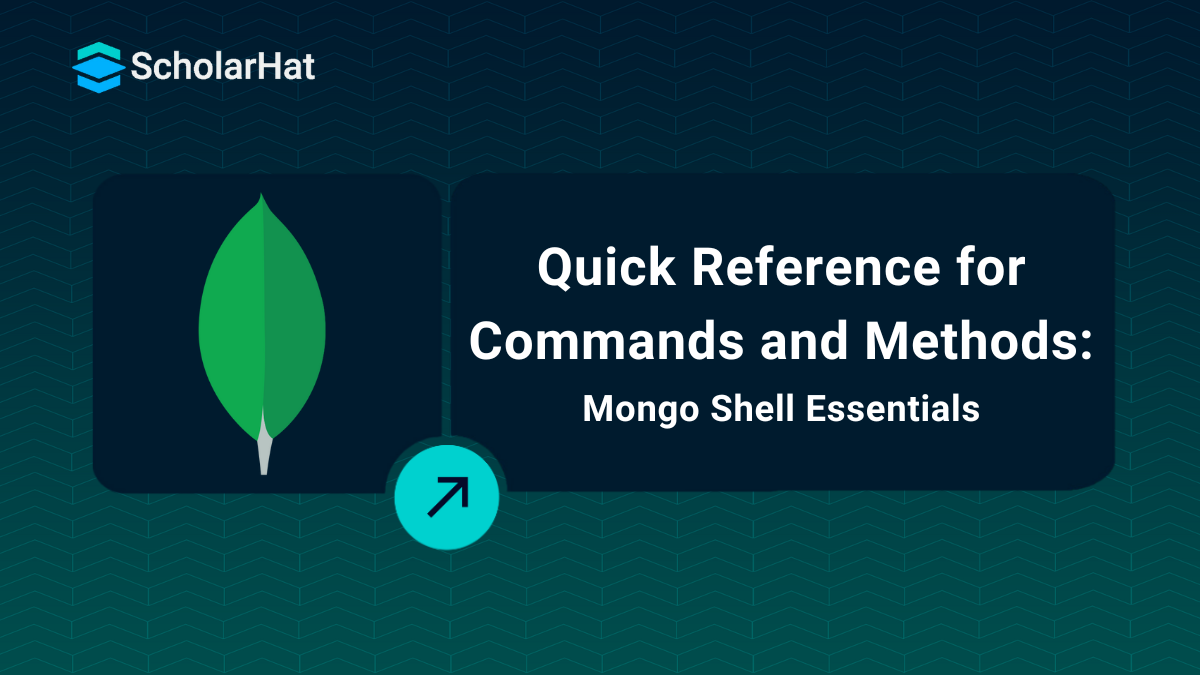14
DecMongo Shell Commonly Used Commands and Methods Quick Reference
07 Jun 2025
Intermediate
17.2K Views
3 min read
MongoDB shell is an interactive JavaScript shell which help you to manage a MongoDB server. It provides a set of commands to create, update, delete and query your MongoDB database. Here is a list of commonly used commands and methods.
If you're just starting out, you might want to check out a MongoDB Certification Free resource to strengthen your basics alongside using these shell commands.
Command Helpers
Methods and Commands
Description
help
Show list of commonly used methods and commands with description
db.help()
Show a list of database methods with description
db.<collection>.help()
Show help on collection methods. The <collection_name> can be the name of an existing collection or a non-existing collection.
show dbs / show databases
Show a list of all mongodb databases on the server
use <db_name>
Switch from current database to <db_name>
show collections
Show a list of all collections for current database
show users
Show a list of all users for current database
show roles
Show a list of all user-defined and built-in roles for current database

Basic Shell JavaScript Operations
Operations
Description
db.<collection_name>.find()
Find all documents in the collection
db.<collection_name>.insert()
Insert a new document into the collection
db.<collection_name>.update()
Update an existing document in the collection.
db.<collection_name>.save()
Insert either a new document or update an existing document in the collection
db.<collection_name>.remove()
Delete all documents from the collection
db.<collection_name>.drop()
Completely Drops or removes the collection
db.<collection_name>.createIndex()
Create a new index on the collection if the index does not exist otherwise, the operation has no effect

What do you think?
That’s it for now! I hope you get a good idea of Mongo shell commands. I would like to have feedback from my blog readers. Your valuable feedback, question, or comments about this article are always welcome.Also, consider exploring a MongoDB Free Course to dive deeper and practice with real-world examples.
| Read More: Top 50 MongoDB Interview Questions and Answers |
Take our Mongodb skill challenge to evaluate yourself!

In less than 5 minutes, with our skill challenge, you can identify your knowledge gaps and strengths in a given skill.




